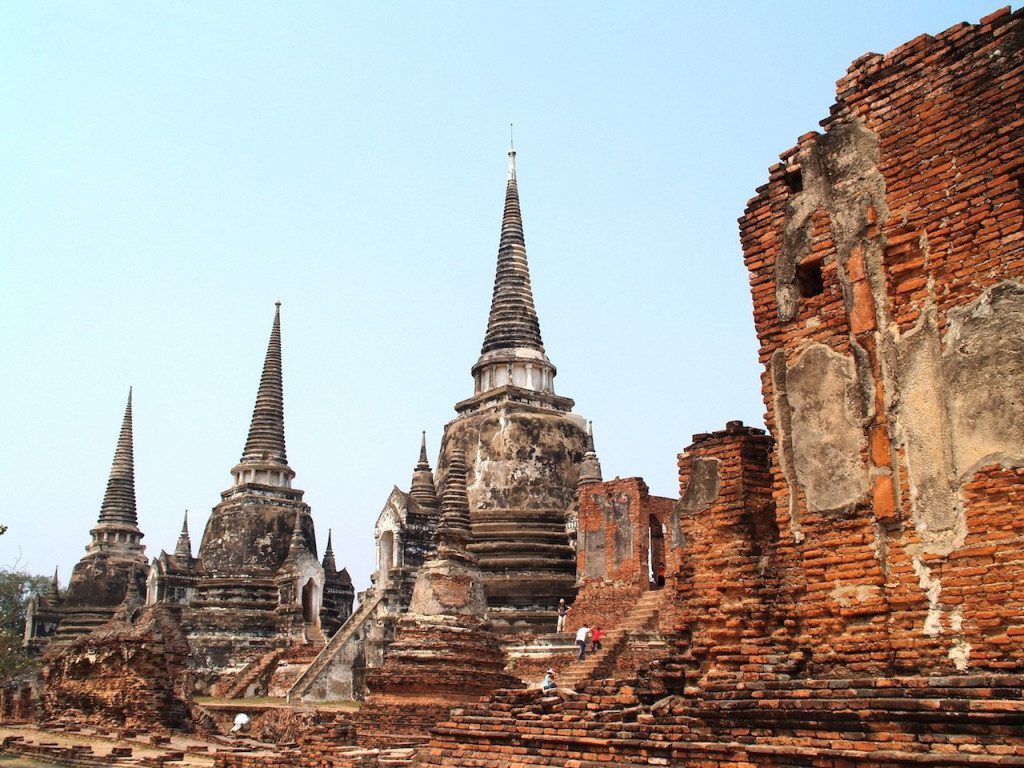The Open Heritage initiative is a joint project between Google Arts and Culture and nonprofit CyArk to preserve monuments around the world in 3D and make them available to the public.
Many people’s dream is to travel the world and see its wonders. But, this dream may never be realized, especially if some of these wonders are ruined by earthquakes, uncontrollable tourism or even religion-motivated vandalism.
CyArk is a nonprofit organization which was founded by Ben Kacyra in 2003 to preserves endangered sites around the world in 3D. He explains that he was inspired to start the nonprofit after seeing the destruction of Buddhist statues in Afghanistan by the Taliban in 2001.
To capture at-risk monuments, Kacyra and his team use detailed 3D images using methods such as laser scanning, drone imaging, and photogrammetry.
Now, Google has partnered with CyArk to help the nonprofit in their mission. Their joint initiative is called the Open Heritage project.
It uses CyArk’s technology to capture the 3D data, then this information is made available online for the public to explore, whether using a mobile or a virtual reality headset.
“With modern technology, we can capture these monuments in fuller detail than ever before, including the color and texture of surfaces alongside the geometry captured by the laser scanners with millimeter precision in 3D. These detailed scans can also be used to identify areas of damage and assist restoration efforts,” Chance Coughenour, a digital archaeologist and program manager with the Google Arts and Culture division, said in a press release.
Explore the World from your Living Room
Google Arts & Culture is a platform which aims to help preserve art but also make it accessible in all its forms.
“Over the past seven years, we’ve partnered with 1,500 museums from over 70 countries to bring their collections online and put more of the world’s culture at your fingertips. This project marks a new chapter for Google Arts & Culture, as it is the first time we’re putting 3D heritage sites on the platform,” Coughenour adds.
Right now, Google and CyArk are working on mapping the Ananda Ok Kyaung temple in Bagan, Myanmar which suffered damage from an earthquake in 2016.
In total, the Open Heritage project currently has 25 locations from 18 countries around the world to explore. The hope is that by making this data publicly available, people around the world will come up with interesting ways to use it.
Would you 3D print Bagan temples or explore Wat Phra Si San Phet using an Oculus Rift? If you’d like to download CyArk’s data, you’ll need to apply to do so using a form which can be found on Google’s Open Heritage page.
Source: The Verge

Website: LINK


